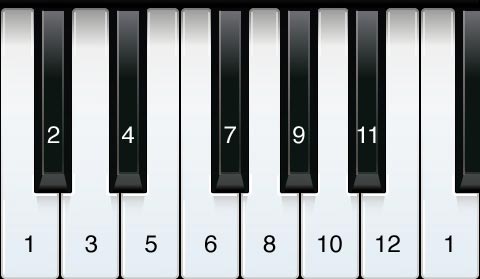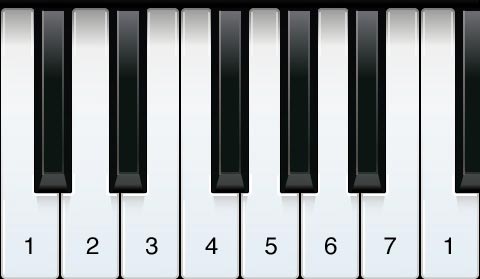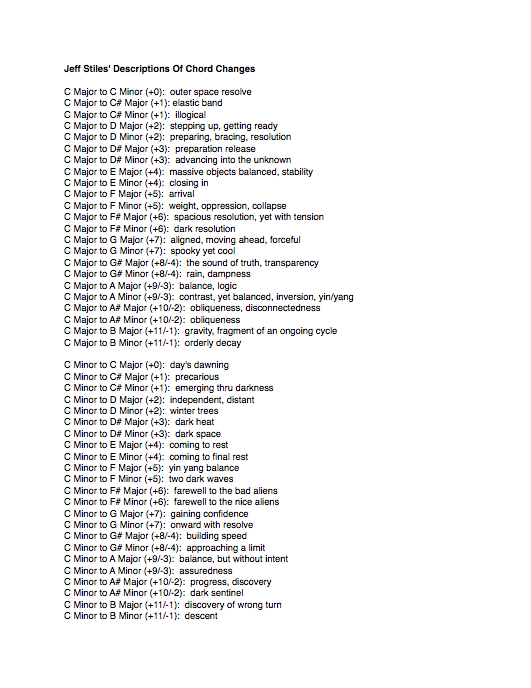Posts Tagged chord progressions
Chord Progressions: Making People Feel Something
Posted by Gavin Bradley in Writing on May 30, 2009
I always wince when industry execs refer to songs as being emotional…as in ‘let’s hear that first song you played again, the one with the emotional chorus.’ Correct me if I’m wrong, all music is supposed to make you feel something. But what they’re getting at is songs that become the biggest hit singles often have an extraordinarily strong emotional pull.
Melody and lyrics are critical when it comes to emotional pull (and in my opinion a talent for melody is the one thing that a person can’t be taught) but well-written chord progressions are key, and the importance of the series of chords chosen for a song is overlooked by many new writers.
Sitting down with the piano or guitar we often believe that whatever chord changes first came to mind are the foundation of the song; that it’s unchangeable and the task is now to write some words and melodies over top. However in truth you can manipulate the chords under a vocal just as readily as you can manipulate the melody: remixing often involves doing just that. When you stop automatically trusting whatever chords you happened to pick out of the air, you begin to have some control over how the song makes people feel. This is what people refer to as songwriting ‘craft’ and it’s part of getting professional about your writing.
Without getting too far into the dry wasteland that is music theory, here’s a way to open up your writing.
If you sit at a piano and play chords up the scale of C Major, this is what you’ll get:
Position 1 = C major
Position 2 = D minor
Position 3 = E minor
Position 4 = F major
Position 5 = G major
Position 6 = A minor
Position 7 = B diminished
When most people begin writing, they’ll try something basic like alternating back and forth between two chords, say Position 1 (C major) and Position 4 (F major), and they’ll go with that as their verse or chorus. Simple progressions that sound good to our ears tend to become the standbys we go to unless we challenge ourselves. I’ve noticed that some people believe you can only move a step at a time in either direction…creating chord progressions like 1, 2, 3, 2. You can jump all over the place, and you should.
For years I was in the habit of only using the 7 chords readily available in the scale. Until I was shown, I didn’t realize that I could, for example, play a progression like 4 (F major), 5 (G major) and then a minor 5 (G minor, which is not naturally in the key of C) and then 1 (C major) without the earth caving in. In fact, go ahead and move to any chord from where you are. You can move from position 1 to position 4, but use an F Minor instead of an F Major. Or you can play a C Major followed immediately by a C Minor.
When you let go of the scale you’re in and allow yourself to see all 12 notes available on the keyboard you realize that at any given moment, from where you are, there are 23 other basic places that you can go. (The major and minor chords of all 12 notes, minus the chord you’re already on.) Sometime, when you’re sitting at your instrument with no inspiration, I recommend jumping around between chords for a while as a way of opening up your writing. Some of the jumps you’d normally never think to play can spark a feeling you know from other music, but didn’t know how to evoke yourself…and you can find yourself writing a song around the device you’ve just discovered.
A few years ago I did an experiment with some friends who write. We all separately played C major followed by C minor…and then wrote down a description of how that chord change felt. Then we did C major followed by D major, and all of the other possible jumps moving up the keyboard.
Put side by side, many of our written descriptions described similar emotional responses. Some images that kept showing up were the feeling of ‘stepping up or down,’ (fairly obvious for standard incremental movements along the keyboard like C major to D major); ‘precarious balance’ (for less standard incremental movements like C minor to C sharp minor); ‘optimism’ or ‘pessimism,’ (when the chord change involved changing between a major and a minor); ‘assuredness’ (a common jump like C major to A minor); even ‘planetary’ feelings (for odd longer jumps like a C major to F-sharp minor, which are obviously used in lots of space movies).
So it looks to me like, either by nature or nurture, we feel chord progressions in similar ways. When you’re writing at your instrument and what you’ve got feels okay but not great, I encourage you to challenge one of your chord changes by trying the 22 remaining possibilities. If you do this often enough, you’ll develop a strong command of the emotions you bring as the listener moves through the song with you.



